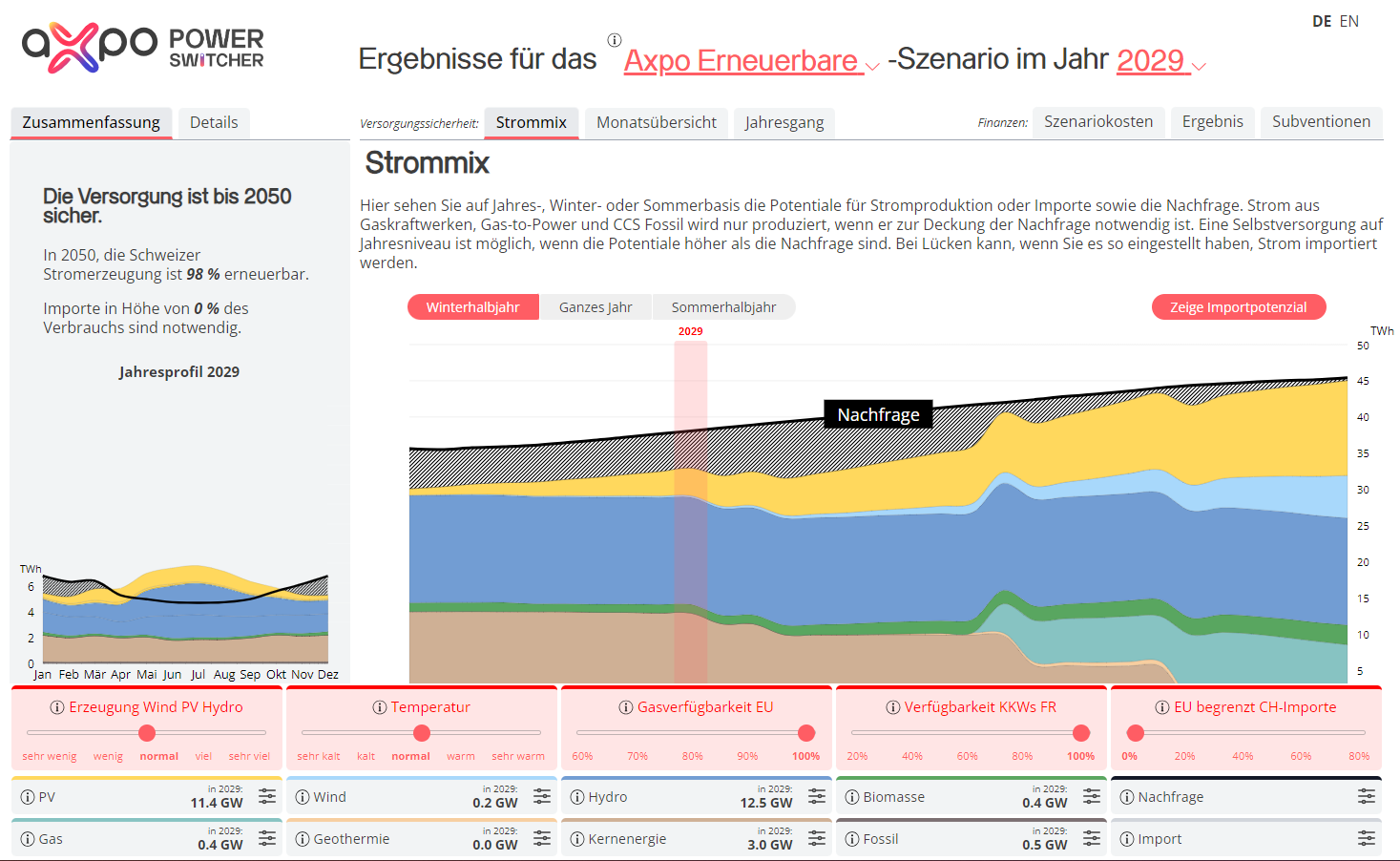30.05.2017 | CKW produces electricity with wind power for 600 households in the Entlebuch
In harmony with nature
CKW is strongly committed to renewable energies in Switzerland. In 2013, the Axpo subsidiary commissioned the largest wind power plant in Central Switzerland on the Lutersarni hillside in Entlebuch. CKW works closely with the local residents on its projects – and sometimes has to fight strong opposition. A conversation with Paul Hürlimann, Head of New Energies at CKW.
"The Lutersarni wind power plant is a new landmark in the Entlebuch. The facility is a milestone for our sustainable energy strategy, inspired by the fundamental idea of the biosphere. The wind power plant demonstrates that conservation of nature and power production are compatible."
This is not an advertisement created by the communications department at CKW, says Robert Vogel, the major of Entlebuch.
But it can also sound like this when it comes to the expansion of wind power in Switzerland: "A thousand wind power plants is an absolute horror scenario for anyone that loves Switzerland's landscape, and tourism... a blot on the landscape." And: The emissions from wind farms, in particular large-scale facilities, are broadly scattered although output is volatile and extremely low. This raises the question of proportionality."
Walter Bohnenblust, a member of the Association Pro Kulmerauer Allmend, wrote the statement above following a CKW information event.
Tailwind and headwind
Anyone wanting to build wind power plants in Switzerland is often confronted with headwind. Nevertheless, in the fall of 2013, CKW commissioned the Lutersarni wind power plant, the largest wind power facility in Central Switzerland. In 2016, the plant with a capacity of 2.3 MW produced 2,939 million kWh of electricity – enough to supply 650 households. Investment costs amounted to CHF 5 million. The total height of the plant is 120 metres and the rotor diameter is 82 metres.
"We had a very special situation in Lutersarni," says Paul Hürlimann, Head of New Energies at CKW, in retrospect. There were already two wind power plants up there and the first one, the Feldmoos plant owned by master farmer Roland Aregger, went into operation in 2005. The municipality had already adapted the zoning plan for wind power and knew what was coming. In addition, the CKW wind turbine is located quite a distance from the larger residential areas. Reaction to the project, which was started in 2008, was relatively positive: "There was almost no opposition, save a few minor objections," recalls Hürlimann. Today, the municipality is very proud of the three plants.
"It's not witchcraft"
Nevertheless, it took five years before the plant in Lutersarni went into operation. The project planning and the permit process took up the lion's share of this time period. The construction phase for the access road, the transformer station for grid reinforcement (wind power is fed into the grid at 20 kV), as well as the plant, was relatively short. From ground breaking, it took about a half year, whereby the actual erection of the wind power plant was completed in around two weeks. "It's not witchcraft," says Hürlimann.
Take a look for yourself. Wind farm construction Video:

The plant – which is supported by compensatory feed-in (KEV: 21 cents per kWh) – has logged about 1050 equivalent full load hours and is in operation for 50-60 per cent of the year. The rest of the time, the plant is not running due to insufficient wind, explains Hürlimann. See the latest photos from the webcam.
Stopping for bats
Based on diverse environmental protection reviews – including topics such as groundwater, landscape, noise, bird and bat protection, ice development and shadows, as well as radiation – the project was subject to certain requirements. For example, the plant has to be shut down when certain parameters occur that benefit the flight of bats in the area, which reduces production by 2-3 per cent. In addition, CKW planted 163 high-trunk trees on the five-kilometre perimeter around the plant as a compensatory environmental measure. This provides a larger habitat for birds and bats and strengthens their population.
Gone with the wind
In contrast to the success in the Entlebuch, CKW was forced to come to a full stop on a wind farm project in Kirchleerau/Kulmerau (border region cantons of Aargau/Lucerne) in November 2016, Hürlimann explains. The project, which included four wind power plants and an annual production of 12.5 million kWh /power for 2800 households), was abandoned for entrepreneurial reasons.
Owing to a referendum in the community of Triengen, to which Kulmerau belongs today, major parts of the project would have had to be changed. As a result of an initiative launched by wind power plant opponents, 350 instead of the usual 150 citizens came to the community assembly in Triengen and called for a minimum wind power plant distance of 750 metres to residential homes, Hürlimann says. Although the decision would not really have been legally binding, CKW decided to adhere to this requirement and adapted the project accordingly. However, in depth clarifications taking into account all the opportunities and risks indicated that the prospects for the realisation of the new project were very minute.
On the strong opposition from some of the local population, Hürlimann comments: A monitoring group was established and all aspects of the project were openly and transparently presented and discussed. The minutes of the meetings were publicised. However the process was ultimately initiated too late in the game to have an impact on opinion formation and the political process in the communities.
Lessons for the future
Of course CKW learned lessons from this experience, says Hürlimann: "There is no standard recipe to successfully see through a project like this." But it's clear: "Trust has to be created, and to achieve this, you have to understand the local situation and address it."
In future projects – for example on the Lindenberg (canton and community border between Hitzkirch/LU and Beinwil/AG) – it's therefore clear: Provide factual, open information early on to avoid leaving the field open to the opponents or getting involved in a PR battle. A fair process with all the stakeholders is crucial: Information, transparency and participation are the key words. Participation is particularly important: meaning taking the concerns and wishes of the residents seriously and giving them the opportunity to truly make an impact on the project. "This is the only way we can prevent scorched earth, independent of the final results of the process," believes Hürlimann. This is important because for committed supporters of renewable energies this represents "the future of our power supply in harmony with climate protection and nature."
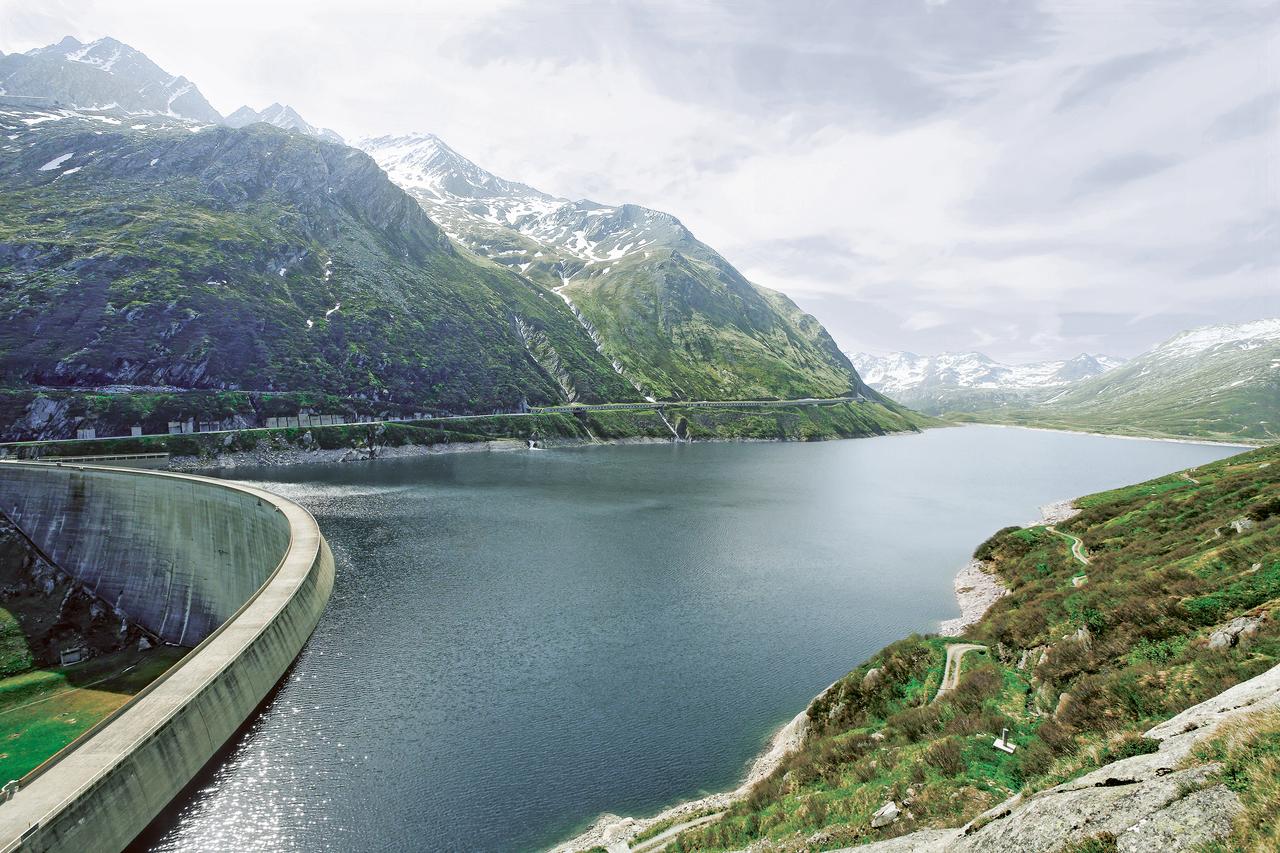
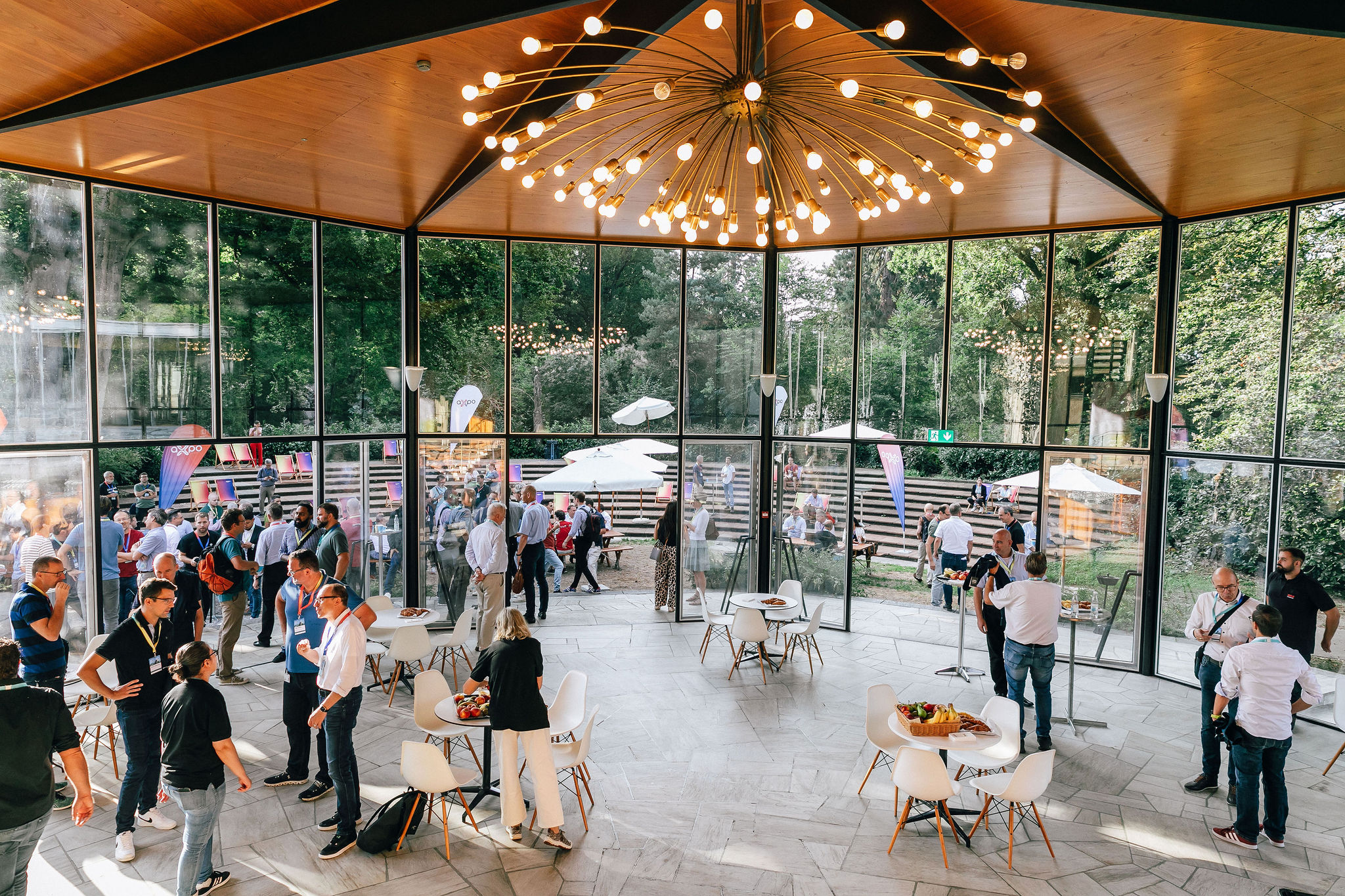
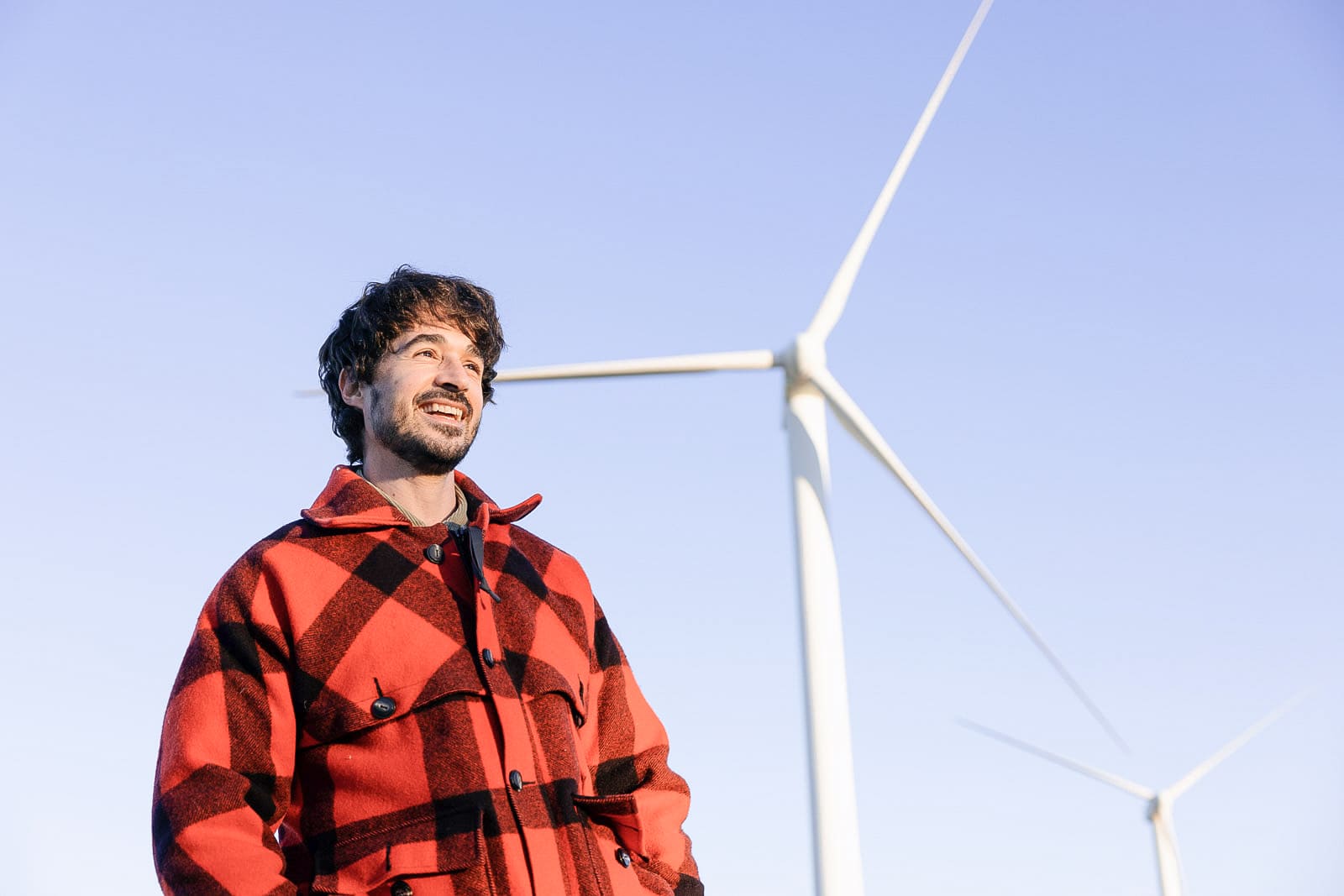
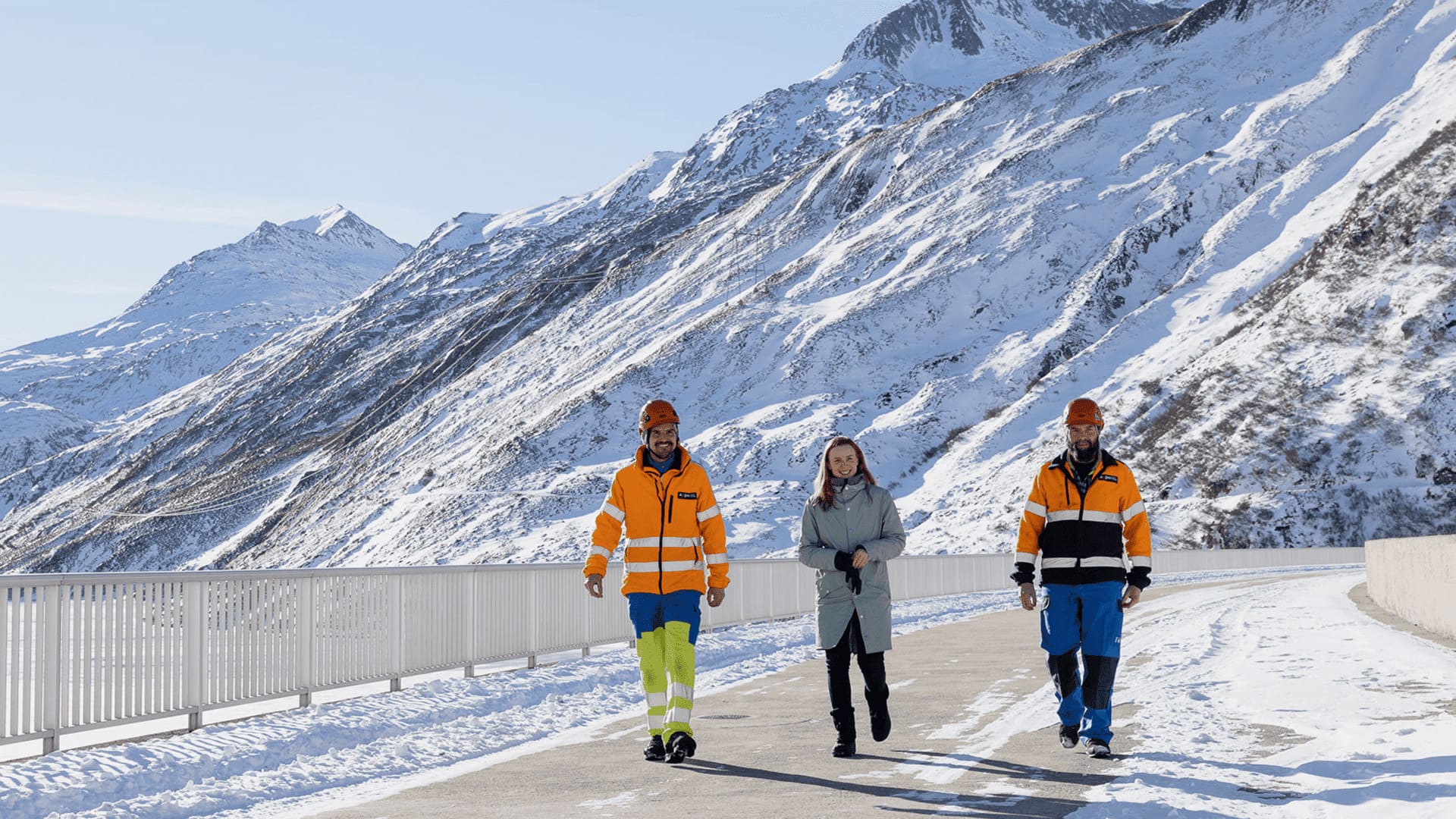
.jpg)

